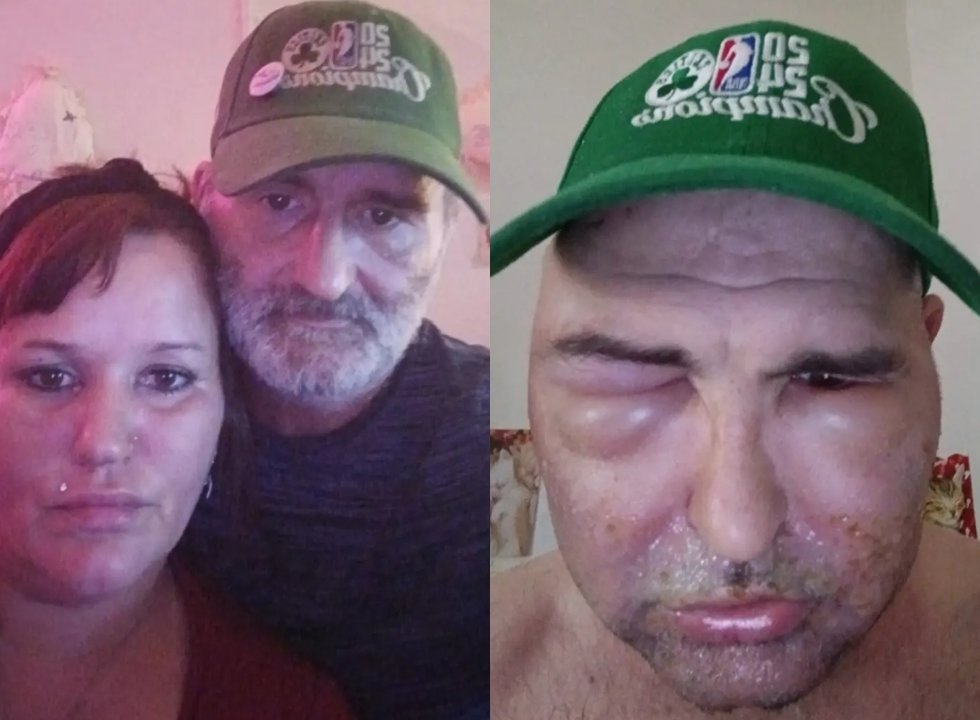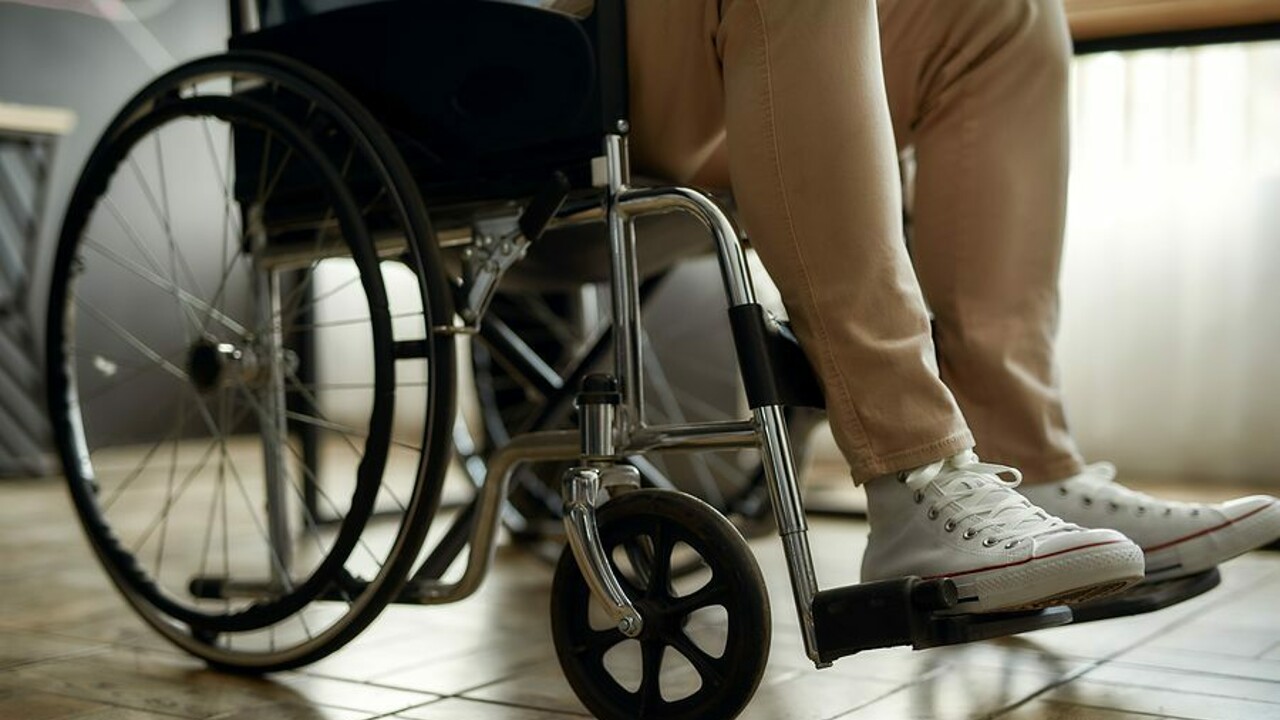ⓒNewsis A story was told about an American man in his 50s who married a woman of the same age as him, who almost lost his life due to a severe allergic reaction after dyeing his beard to look younger.
According to the New York Post on the 8th (local time), Scott Theodore (50), who lives in Nashua, New Hampshire, dyed his white beard black for the first time in his life.
However, contrary to expectations, the next morning his face was swollen and the pillow was covered in pus and turned yellow.
Scott went to the hospital right away, and the doctor explained that the dye had caused anaphylactic shock. Anaphylactic shock refers to a condition in which the body overreacts to a specific substance.
In the end, Scott took 10 days of leave, received antibiotic treatment, and was discharged.
He said, “My wife is 12 years younger than me. “So I dyed my beard to look younger, but disaster struck,” he said. “I woke up in the morning and my wife told me to go to the hospital quickly. At that time, my head was so swollen that I looked like Popeye. “I felt dizzy, lethargic, and had difficulty perceiving my surroundings properly,” he recalled.
He said he dyed his hair after doing a patch test behind his ear according to the instructions on the hair dye box and found no symptoms. He claimed that he contacted the brand, but did not receive any apology or compensation.
“No one should almost die from hair dye,” Scott said. “People need to know about the dangers of the chemicals in hair dye.”
Allergy to hair dye is a side effect that causes the scalp or skin to become rough, itchy, and oozing after dyeing. If symptoms are severe, they may spread beyond the face, scalp, and neck to the entire body.
Hair dye allergy is caused by a component called paraphenylenediamine (PPD) in hair dye. PPD is mainly used in hair dyes to produce black color, and can cause allergic reactions due to its strong antigenicity. Typical side effects include contact dermatitis, hair loss, swelling, and itching.
Experts recommend hair dyes that contain no or low concentrations of PPD. Also, it is recommended that people who are allergic to hair dye do not dye their hair, but if it is absolutely necessary to dye their hair, they advise that the dyeing cycle should be at least 3 to 4 months.
If you are not sure about your hair dye allergy, apply a coin-sized amount of dye to the inside of your arm or behind your ear 48 hours before dyeing and check for reaction. If you see hives or a rash at this time, it is best not to use the medicine.
[서울=뉴시스]
-
great
0dog -
I’m sad
0dog -
I’m angry
0dog -
I recommend it
dog

